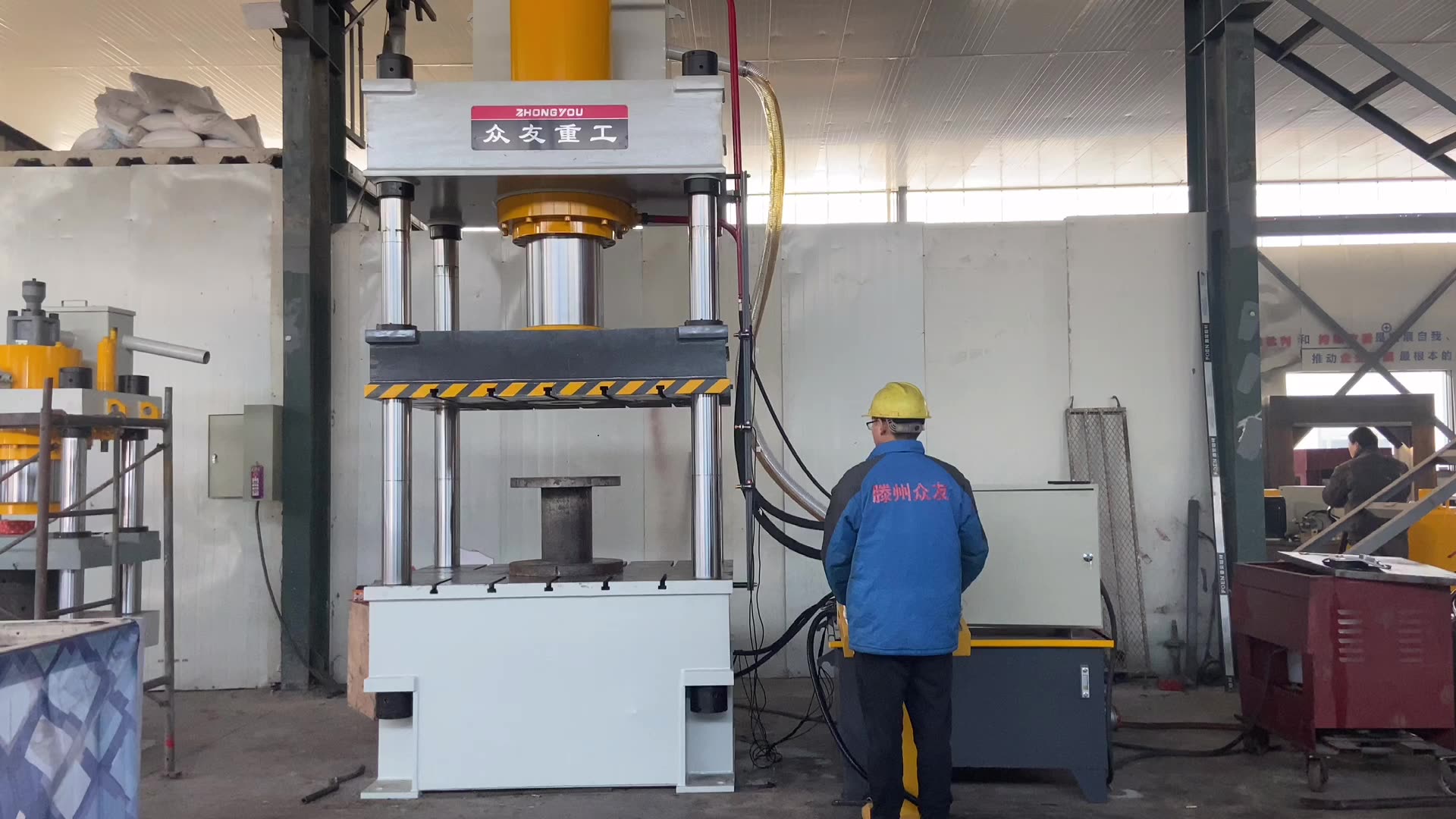During the 1700s, Joseph Bramah invented a hydraulic press. This press uses a hydraulic cylinder to generate a compressive force, the same as a mechanical lever. The press uses a pump to reduce the amount of effort required to control the pressure by hand.
Can a hydraulic press crush a diamond?
Using a hydraulic press to crush a diamond is not something I would recommend doing. However, it is something that I have heard of.
Diamonds are a type of crystalline carbon. Each atom in a diamond is covalently bonded to four other carbon atoms. This is what makes them hard. A diamond can withstand up to six thousand pounds of pressure before breaking.
The Hydraulic Press Channel has a YouTube channel that shows the hydraulic press in action. In the video, the channel crushes a real diamond using a 40-ton press.
Aside from the diamond, the hydraulic press also crushed a can of Silly String, a hockey puck, and a Tenderizing Mallet. It even crushed a Rubik’s Cube!
There are many hydraulic presses in the market. Most are large and sturdy. The most expensive models can produce pressures of up to 3,000 psi. This is a lot of pressure and can cause serious injury to anyone in the vicinity.
Types of hydraulic presses
Whether you need a hydraulic press for home use or for industrial use, it’s important to understand the different types. Each type is capable of delivering different benefits.
A manual hydraulic press can provide several thousand tons of force, while a motor driven model can deliver thousands more. Each press has a specific design and is optimized to perform a particular task.
Hydraulic presses come in various sizes and configurations, making them an ideal choice for a range of applications. They are designed to handle low pressure and high force tasks, and can be used to press parts together, compress ceramics, or compress refuse.
Hydraulic presses are easy to use, and can be adjusted to fit various processes. They can also be custom designed to suit the needs of a particular operation. They can be used in a wide range of manufacturing applications, including automotive parts, appliance panels, and energy storage components.
They also have a number of safety features. The most important ones are the pressure relief valves, which can be used to control the pressure, and the safety lights, which can be used to signal that the press is reaching its pressure limit.
Vertical vs horizontal presses
Depending on the application, vertical or horizontal hydraulic presses are used. Hydraulic presses are used in the metalworking industry, woodworking industry, automobile plants, and in many other industries. They are essential parts of modern industrial operations. They help increase uptime and reduce overall costs. They are flexible and can be adapted to any type of operation. They are used to manufacture high-quality components.
The basic difference between a horizontal and vertical hydraulic press is that in a horizontal press, the pressure is applied horizontally between platens. In a vertical press, the pressure is applied from the bottom of the block. This is because the movable bed of a vertical press is powered by a hydraulic system.
Horizontal presses offer plate straightening capabilities that are not available in vertical configuration machines. The horizontal press also offers significant cost savings in material handling.
Horizontal presses can be equipped with a dual ram design. This allows the machine to be used to mount rail car wheelset components. They are also useful in repair-based industries.
Pumps reduce the need for a press operator to control the pressure by hand
Using pumps to maintain hydraulic pressure helps reduce the need for a hydraulic press operator to constantly control the pressure by hand. Depending on the application, a hydraulic press can produce hundreds of tons of pressure. It can be used to bend sheet metal, assemble parts and fabricate items. It can also be used to shape various materials.
Presses can be hand operated or electric. Most are used in low-volume applications, but some can be used for assembly or other heavy duty tasks. Presses can be used for a variety of applications, and manufacturers work closely with clients to find a solution that meets their needs.
Using pumps can help increase the output of a press. Presses produce force by pushing a piston into the material. This process is repeated with each operation. Depending on the pressure required, a cylinder can be large or small.
Presses can be set up before each application. When the material changes, the press must be adjusted. Pumps can help operators set up the press once and use it for many applications.


